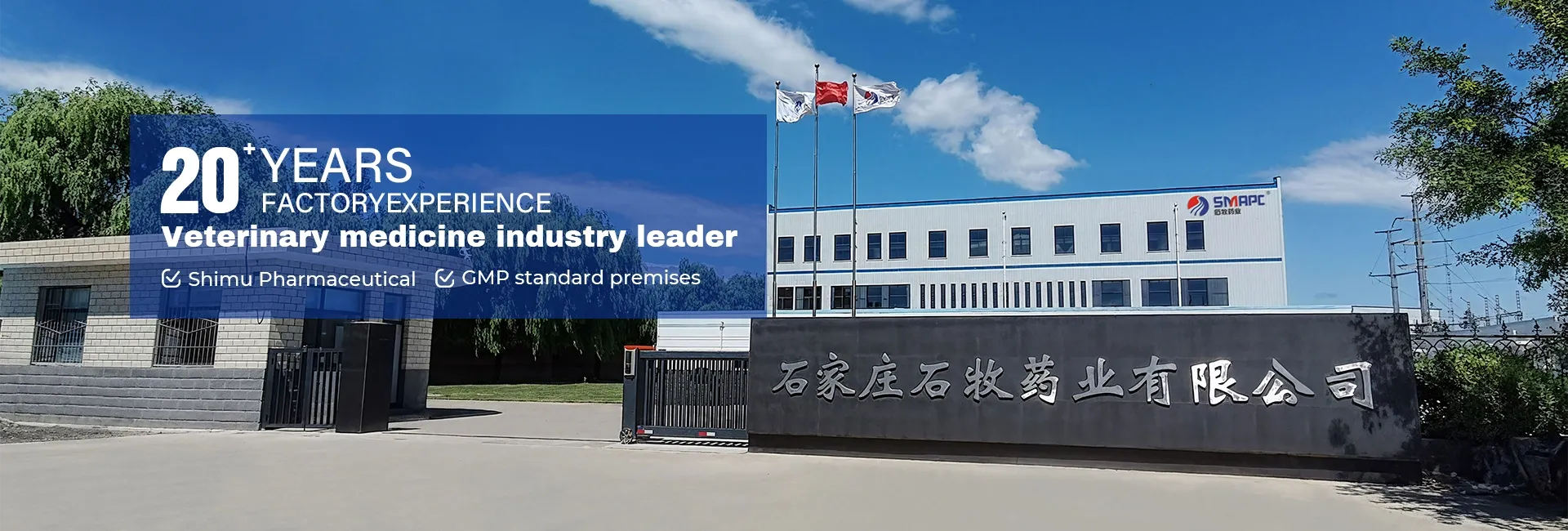Managing pain in goats is essential for their overall health and productivity. Over-the-counter medications can offer significant relief when used responsibly, but they are not a substitute for professional veterinary care. By being vigilant about the signs of pain and understanding the available treatment options, goat owners can ensure their livestock remain healthy, comfortable, and happy.



